-

PPE Over Shoes
From £203.99 To £204.00Supplied in: Pack of 5 pairs -

Equipment Dispensers - Shoe Covers
£108.99Supplied in: Single -

Safety Wellington Boots
From £26.99 To £34.12Supplied in: One pair -

Delta Plus Legend S1P SR Safety Boots
£64.45Supplied in: One pair -

Blue Disposable Overshoes - Pack of 50
£3.84Supplied in: Pack of 50 pairs -
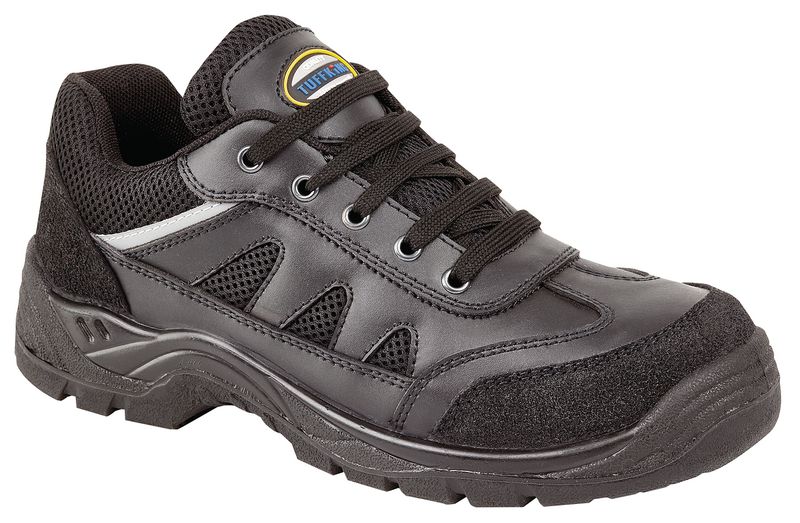
Padded Safety Trainers
£38.99Supplied in: One pair -
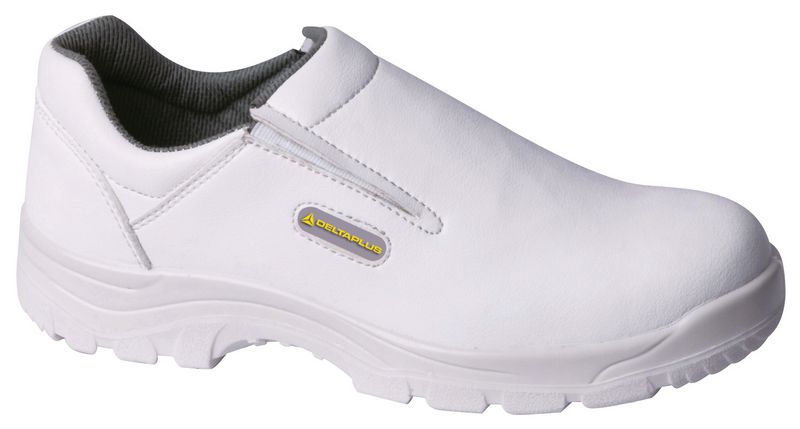
Slip-on Hygiene Shoes
£35.99Supplied in: Single -

Metal Free Safety Trainer
From £35.25 To £35.82Supplied in: Single -
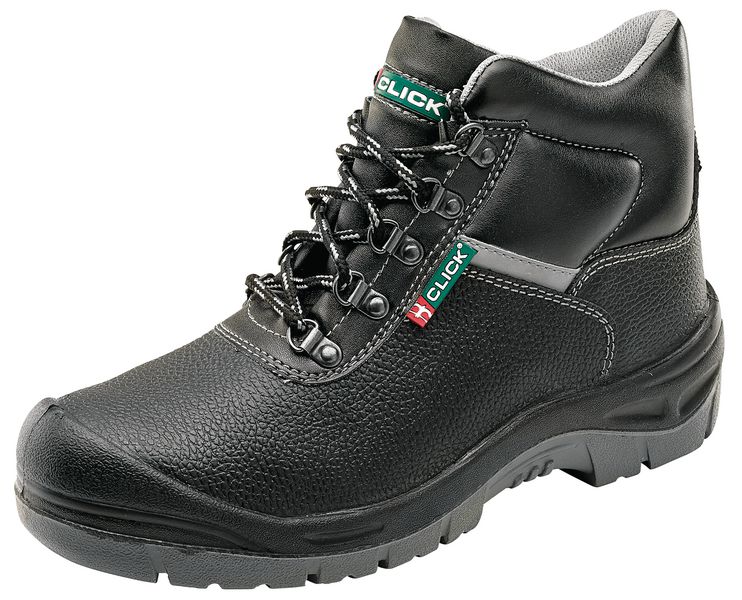
Safety Work Boot with PU Scuff Cap
£23.99Supplied in: One pair -

Miami Safety Shoes
From £27.99 To £31.98Supplied in: Single -

3-Eyelet Wide Uniform Safety Shoes
£41.99Supplied in: One pair -

Chukka Leather Safety Shoes
£20.99Supplied in: One pair -

Samson Trainer Shoes
£39.99Supplied in: One pair -
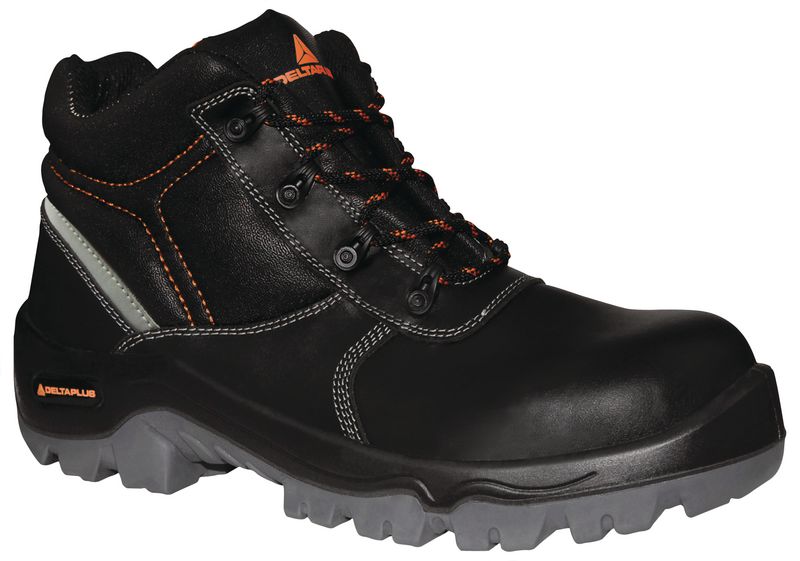
Phoenix S3 SRC Work Boots
£45.99Supplied in: One pair -

Chukka Boots
£18.99Supplied in: One pair -
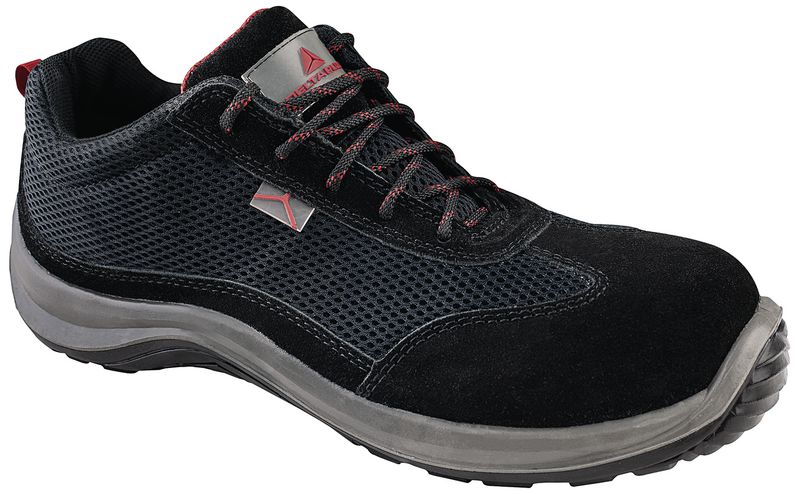
Asti Safety Trainer
£32.99Supplied in: Single -

Delta Plus Samy S3 SRC Waterproof Leather Safety Boots
£66.75Supplied in: One pair -

Leather Dealer Boots
£32.99Supplied in: One pair -

Tuffking Brogue Leather Shoes
£39.97Supplied in: One pair -

Oxford Leather Safety Shoes
£40.23Supplied in: One pair -

Brogue Style Safety Shoe
£29.99Supplied in: One pair -

Delta Plus Extreme Hiker Boot
£71.99Supplied in: Single -

Metatarsal Safety Boots
£64.99Supplied in: One pair -

Goodyear Welt Boot
From £41.95 To £50.93Supplied in: Single Pair -

Trainer Boot
£27.60Supplied in: Single Pair -
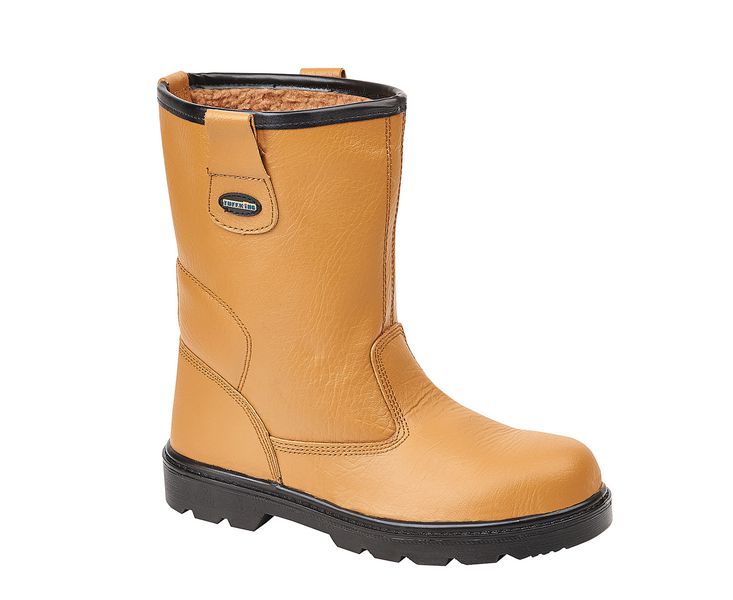
TUFFKING® Warmlined Safety Rigger Boots
£30.70Supplied in: One pair -

Smooth Leather 6 Inch Boots
£33.13Supplied in: Single Pair -

Click Chukka Boot
From £17.94 To £25.00Supplied in: Single Pair -
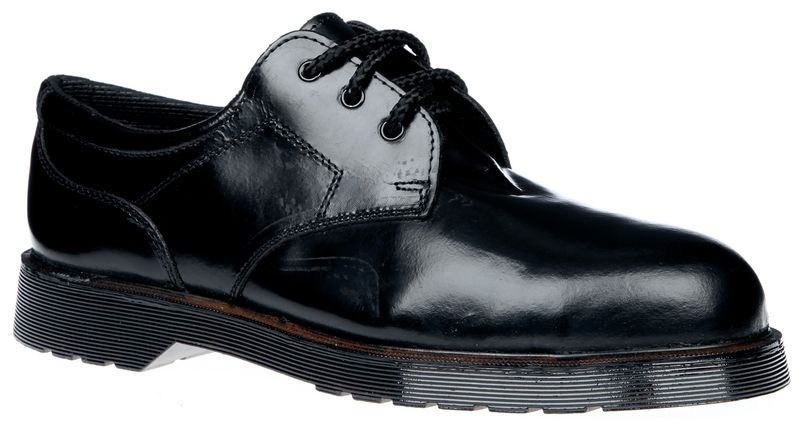
3-Eyelet Uniform Safety Shoes
£40.23Supplied in: One pair -

D-Spirit Safety Trainers S3
£40.99Supplied in: One pair
Safety Footwear
Need help?
 Which hazards necessitate specialist footwear?
Safety footwear, including safety shoes and boots, is an essential component in many industrial and manufacturing sites to adequately protect feet and toes from injury. At Seton, we stock an extensive range of safety footwear to enable you to choose products that are appropriate for your requirements and in sizes to fit all your employees.
Which hazards necessitate specialist footwear?
Safety footwear, including safety shoes and boots, is an essential component in many industrial and manufacturing sites to adequately protect feet and toes from injury. At Seton, we stock an extensive range of safety footwear to enable you to choose products that are appropriate for your requirements and in sizes to fit all your employees.
When choosing safety footwear, it’s essential to understand what the risks are within your business, such as objects falling from height or sharp implements. This enables you to select footwear that manages these risks effectively, protects your workforce and is comfortable to wear.
Also discover:
PPEHead protectionSafety glovesFall arrest system Eye ProtectionEar defendersBreathing protectionSafety BootsSafety shoesRubber bootsWomen's safety shoes
Buying PPE Footwear
With so much choice available when it comes of safety footwear, it can be hard to know which products are best for your requirements. One of the key elements to look out for in most cases is slip-resistance and the type of conditions the specific product is suitable for use in.
However, there are also other factors you need to consider, such as durability, comfort and safety components - for example, toe protection. Above all, once the footwear has been purchased, it’s vital your employees wear it correctly and at all times.
Not all safety footwear is the same - it provides varying levels of protection, so you need to be aware of the potential hazards faced by your employees to ensure they are protected properly.
The risks that could be present include:
Crush injuries from heavy objects
Puncturing of the sole by sharp objects
Absorption of oils, water or other elements
Static electricity build-up
Extremes of temperature
When you’re choosing safety footwear for your employees, you need to ensure it’s compatible with the relevant standards, it’s suitable for outdoor or indoor use as required, whether it’s manufactured from synthetic materials or leather, if it can be used in cold or hot environments, the type of weather it can withstand, such as sunshine, rain or snow, and its resistance to specific hazards, such as chemicals or oils.
Categories of safety footwear
Safety footwear covers more than just general shoes and boots, and there are a range of specialist products for different types of environments.Most businesses use safety boots, which feature toe protection as well as other safety elements, including insulation from cold and heat extremes, penetration resistance and slip resistance.
There are also safety shoes and safety trainers, which, as with boots, can have composite as well as steel toe caps. We also have a range of ladies safety shoes which are in a suitable size for women. Riggers, wellingtons and clogs can be used, depending on the type of conditions in which they are being worn.
Choosing safety footwear
Before specifying and ordering safety footwear for a business, it’s first essential to examine the most current risk assessment to understand the hazards that are present and the level of protection that is necessary.You should also consult the relevant employees to find out their needs with regards to practicality, wearability, fit and comfort, as this will result in greater acceptance of any changes.
